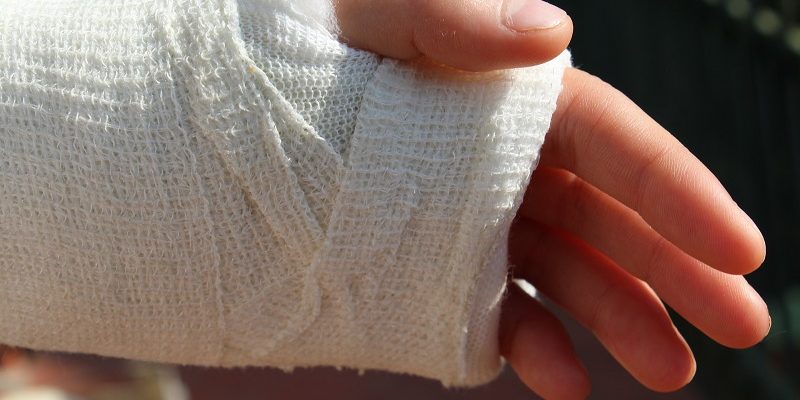
What is the problem?
First responders have unique and highly demanding occupations which lead to an increased risk of physical or psychological injuries. Past research has identified that occupational demands and personal factors can alter the outcomes of disability managements. This suggests that injured first responders may need different supports during the disability management process compared to other workers. The purpose of this study was to determine if there are differences in the duration of time off work, the type of injuries or illnesses, the duties performed when returning to work, and the duration of claim in disability management claims of injured first responders compared to other workers in high or low physical demand occupations.
How did the team study the problem?
The disability claims data were obtained from a national disability management company. All relevant first responder claims were selected for analysis. The groups in “high and low demand” occupations were selected based on a job demand classification of ‘heavy’ or ‘low/sedentary’ as described in the claim database. Three equal groups were formed with 59 workers per group: 1) first responders, 2) high demand occupations, and 3) low demand occupations. We performed different statistical methods to determine if differences existed between first responders and the high and low physical demand occupation groups for the disability management outcomes.
What did the team find?
We found that first responders returned to work sooner compared to high demand and low demand workers, and first responders had shorter claim durations compared to high demand and low demand workers. We also found that first responders had less musculoskeletal injuries compared to high demand workers, but more injuries compared to low demand workers. Lastly, first responders were less likely to perform their full duties compared to high demand and low demand workers.
How can this research be used?
The large number of first responders that were unable to return to their full duties within the data collection period highlights the importance of modified work. Disability managers and first responder employers should continue to find ways to accommodate first responders in the workplace to have them return to work as soon as possible. This also highlights the need for the creation of a program that helps first responders transition from modified work to their full duties.
Cautions
Because the sample was small, each of the three occupation groups may not be representative of the larger populations, and the study may not be generalizable. Selection bias may have affected the results of the study
Reference: Killip S. (2018) Identifying predictors of return to work and unique aspects of disability management in first responders affected by musculoskeletal injuries and mental health. (Master’s Thesis, McMaster University, Canada)
Funding Sources: CIHR (FRN: HPW – 146016) & SSHRC (FRN: 890-2016-3013)
